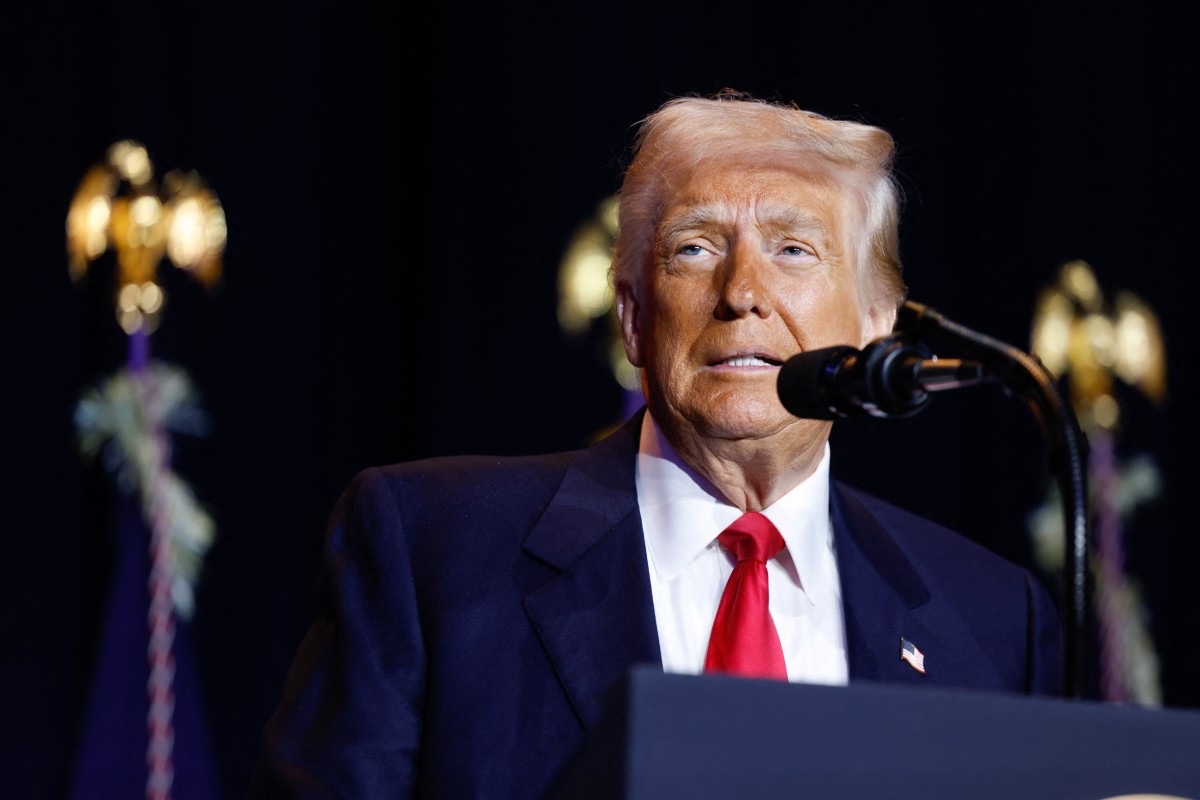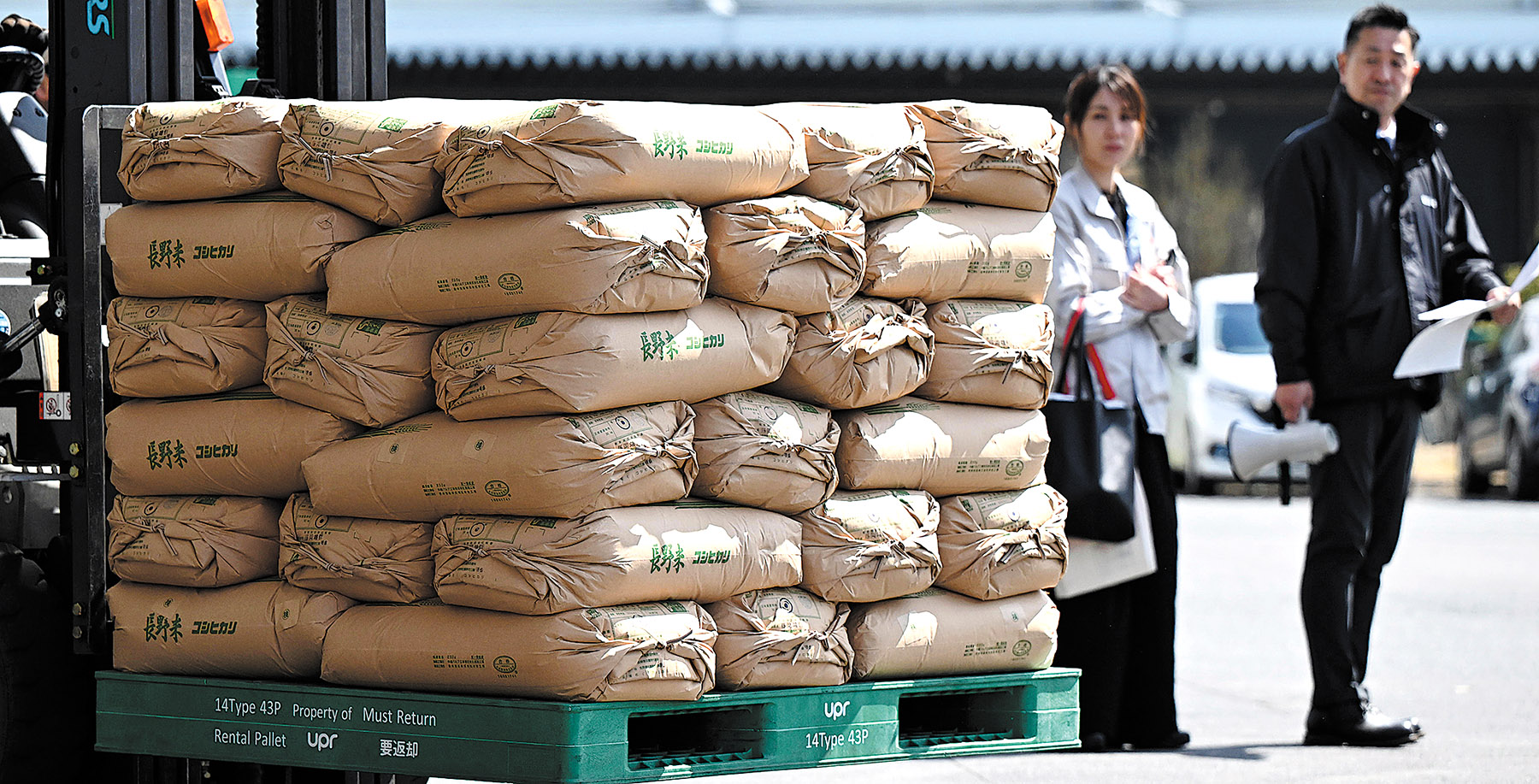On Sunday, U.S. President Donald Trump announced that he had instructed the Treasury Department to stop producing penny coins, framing it as a measure to reduce government spending.
“For far too long, the United States has minted pennies that cost us more than two cents to produce. This is wasteful!” Trump wrote on his Truth Social platform.
“I have directed the Secretary of the U.S. Treasury to halt the production of new pennies. Let’s eliminate waste from our great nation’s budget, even if it’s just a penny at a time,” he added.
The Department of Government Efficiency, a cost-cutting initiative led by billionaire Elon Musk, had highlighted the high production cost of pennies in a post on X (formerly Twitter) earlier in January.
Debates over the cost of producing pennies are not new in the U.S., with several bills introduced in Congress over the years, though none have passed.
While Trump’s directive would likely require approval from lawmakers, Treasury Secretary Scott Bessent may be able to stop the minting of pennies independently, according to economics professor Robert Triest from Northeastern University.
If pennies are removed, prices would likely be rounded to the nearest five cents, Triest noted.
Canada made the decision to eliminate pennies from its coinage system in 2012, citing a production cost of 1.6 cents per penny and its diminishing purchasing power due to inflation.
Trump has made federal budget cuts a central goal of his administration, with Musk’s DOGE team tasked with reviewing government spending.
However, some of the administration’s efforts, such as reducing the staff at the U.S. Agency for International Development (USAID), have faced legal challenges from Democrats and labor unions.




